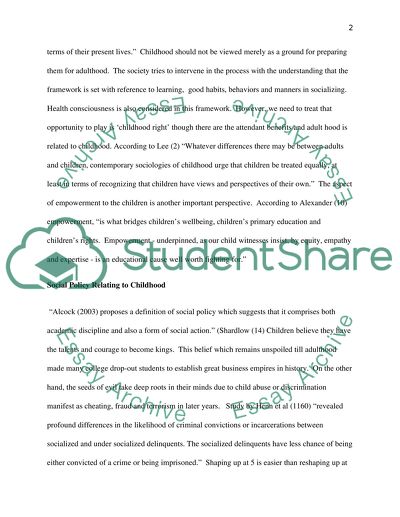Cite this document
(“Social policy and play Essay Example | Topics and Well Written Essays - 2250 words”, n.d.)
Retrieved from https://studentshare.org/education/1469035-social-policy-and-play
Retrieved from https://studentshare.org/education/1469035-social-policy-and-play
(Social Policy and Play Essay Example | Topics and Well Written Essays - 2250 Words)
https://studentshare.org/education/1469035-social-policy-and-play.
https://studentshare.org/education/1469035-social-policy-and-play.
“Social Policy and Play Essay Example | Topics and Well Written Essays - 2250 Words”, n.d. https://studentshare.org/education/1469035-social-policy-and-play.


